Using artificial intelligence to discover new treatments for superbugs
Antimicrobial resistance is an emerging threat to healthcare systems worldwide. As a consequence of the spread of drug-resistant bacteria, also called “superbugs,” medical treatments could become ineffective for an increasing number of people in the next years. To fix this huge problem, chemists are asked to find new effective antibiotics.
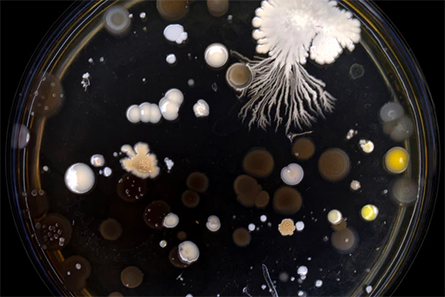
Drug discovery is an expensive and time-consuming process during which pharmaceutical chemists look for new candidate molecules to interact with a particular target protein or pathway causing the disease. Chemists screen large libraries of thousands to millions of molecules, looking for compounds with specific biological effects and low toxicity. However, these screenings are not very efficient: if chemical libraries don’t include molecules with enough structural diversity, chemists will fail to discover antibiotics with molecular structures different from the ones already tested in laboratories or clinical trials.
Now machine learning is flanking chemoinformatics through innovative deep neural network approaches to find new drugs. An example of how this approach works can be seen in a recent study by James Collins and coworkers at MIT. First, researchers trained a neural network model to predict growth inhibition of Escherichia coli using a set of 2335 diverse molecules; then, they applied the optimized neural network model to screen large chemical libraries with more than 107 million molecules.
They ended up with a list of candidate molecules structurally different from known antibiotics, and ranked them based on their predicted biological activity. Among those candidates, they found that halicin, a compound under investigation as a treatment for diabetes, displayed high efficacy against E. coli and a large spectrum of pathogens such as Acinetobacter baumanii, at the top list of resistant bacteria which urgently requires new antibiotics.
Research groups are currently developing similar deep learning approaches to find new compounds that could fight the COVID-19 virus. This suggests how recent improvements in machine learning can assist chemists’ work to speed up and lower the costs of the drug discovery process.
This story originally appeared on Massive Science, an editorial partner site that publishes science stories by scientists. Subscribe to their newsletter to get even more science sent straight to you.
Enjoy reading ASBMB Today?
Become a member to receive the print edition four times a year and the digital edition monthly.
Learn moreGet the latest from ASBMB Today
Enter your email address, and we’ll send you a weekly email with recent articles, interviews and more.
Latest in Science
Science highlights or most popular articles
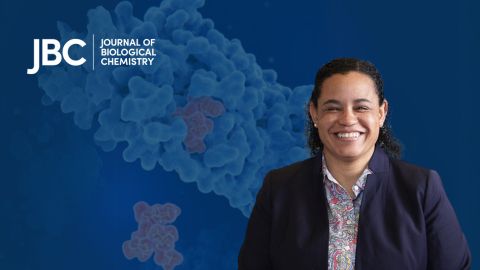
Meet Donita Brady
Donita Brady is an associate professor of cancer biology and an associate editor of the Journal of Biological Chemistry, who studies metalloallostery in cancer.
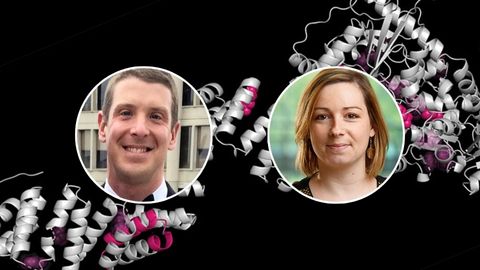
Glyco get-together exploring health and disease
Meet the co-chairs of the 2025 ASBMB meeting on O-GlcNAcylation to be held July 10–13, 2025, in Durham, North Carolina. Learn about the latest in the field and meet families affected by diseases associated with this pathway.
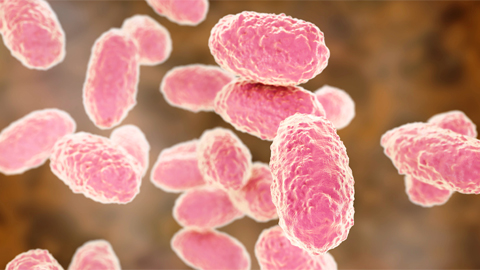
Targeting toxins to treat whooping cough
Scientists find that liver protein inhibits of pertussis toxin, offering a potential new treatment for bacterial respiratory disease. Read more about this recent study from the Journal of Biological Chemistry.
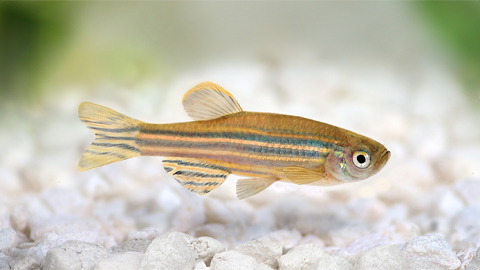
Elusive zebrafish enzyme in lipid secretion
Scientists discover that triacylglycerol synthesis enzyme drives lipoproteins secretion rather than lipid droplet storage. Read more about this recent study from the Journal of Biological Chemistry.

Scientists identify pan-cancer biomarkers
Researchers analyze protein and RNA data across 13 cancer types to find similarities that could improve cancer staging, prognosis and treatment strategies. Read about this recent article published in Molecular & Cellular Proteomics.
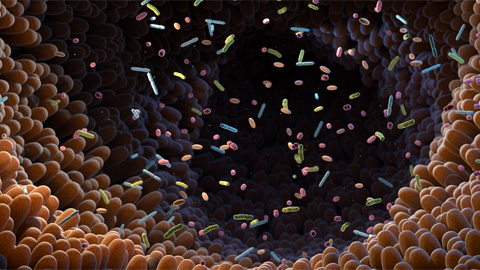
New mass spectrometry tool accurately identifies bacteria
Scientists develop a software tool to categorize microbe species and antibiotic resistance markers to aid clinical and environmental research. Read about this recent article published in Molecular & Cellular Proteomics.

